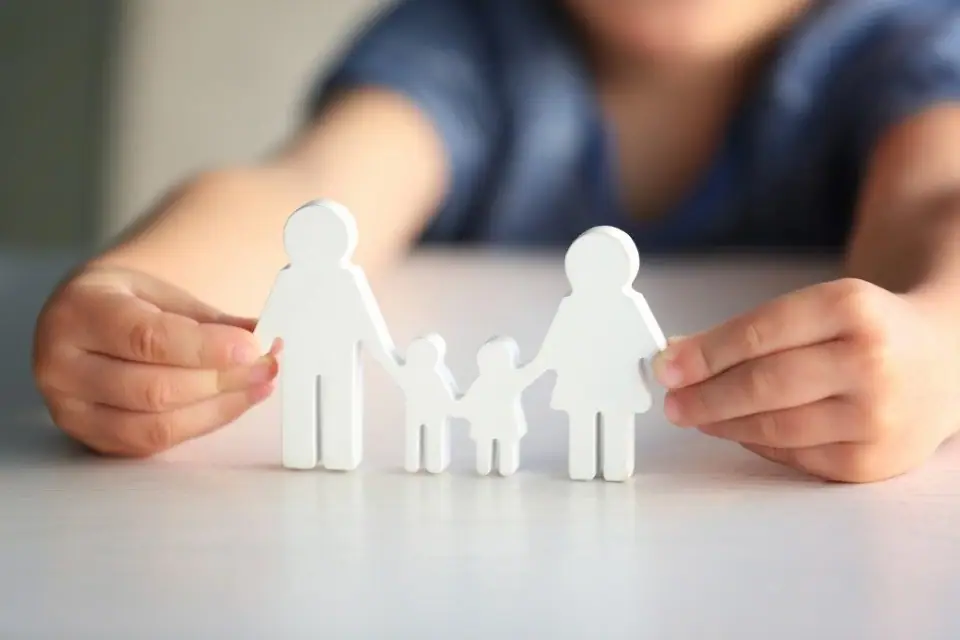Adoption is a legal process where the parental rights and responsibilities of a child are transferred from the biological parents to the adoptive parents. This establishes a permanent, legal parent-child relationship between the adoptive parents and the adopted child. Adoption is governed by state laws, which vary by state, but the overall process has some common steps.
Eligibility to Adopt
An individual or a married couple may be eligible to adopt if they meet certain requirements set by their state law. These usually include factors like being above a certain age, financial stability, passing background checks, and completing required training and home studies. The adoptive parents’ relationship with the child also matters, such as if they are a relative or foster parent. Eligibility criteria ensures suitable parents can provide a safe, loving home.
Consent from Biological Parents
In most cases, consent from a child’s biological parents is needed to proceed with adoption. Exceptions exist in certain situations, such as if a parent cannot be located or has abandoned the child. If a biological parent consents but later changes their mind, they may be able to withdraw consent within a certain timeline defined by state law. This highlights the legal weight of biological parents’ consent in the adoption process.
Termination of Parental Rights
For the adoption to be completed, the biological parents’ rights and responsibilities must be permanently ended through a court process. This is known as termination of parental rights and means the biological parents no longer have any claims over the child. Their duty to provide care and support also ends. This allows the adoptive parents to assume full parental roles.
Placement of the Child
Depending on the type of adoption, the adoptive parents may receive placement of the child at different stages. In some private adoptions, placement occurs early on in the process after consent is given. In agency adoptions, placement typically happens after the termination of parental rights is finalized. Either way, placement legally transfers custody of the child to the adoptive parents.
Finalization in Court
The last major step is finalization, where the adoption becomes legally permanent. The adoptive parents file an adoption petition in court to request a judge issue an adoption decree. If approved, this decree establishes the legal parent-child relationship, at which point the adoption process is complete. The adoptive parents receive a new birth certificate listing them as the child’s parents.
In conclusion, adoption involves a series of legal steps including consent from biological parents, termination of their parental rights, placement of the child with adoptive parents, and finalization in court. State adoption laws provide the framework but the core components of this process establish a new, permanent family for the adopted child. With careful oversight, adoption gives children loving homes and families.







